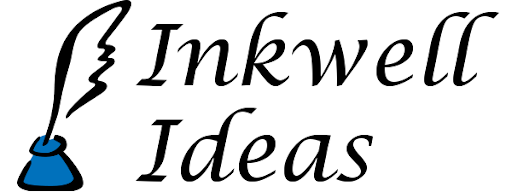More on Multiclassing (or Creating Alternate Classes) in Pathfinder/3.5
A day or two ago I posted here and in a couple of forums about a different (yet simple) way to multiclass in Pathfinder, although the concept probably applies to 3.5 and most variants as well. If you’re just joining this discussion, this version of multiclassing is more along the lines of giving simple rules and point values for sets of class abilities for each class.
For example, a Ranger has a pretty good combat ability, but he also has favored enemy, favored terrain, tracking, and other abilties; a Druid is centered on his spells, but also has the Wild Shape ability and a number of other nature-related abilities. So what if a player wanted to create the ultimate naturalist by blending the two?
If he just became a Ranger/Druid using normal multiclassing, his spells at later levels would never be as potent as non-multiclassed characters. I believe most people understand this to be true. If he was a Ranger 5/Druid 5 then at best he’d cast 3rd level spells, while a full 10th level Druid would be casting 5th level spells. Of course one can’t just give him extra spell levels because then he’d be too powerful due to his additional Ranger combat abilities. Abilities from other classes would also be reduced. For example, a multiclassed Rogue’s backstab ability would be half of a true Rogue’s bonus damage.
So what’s this concept’s solution? Allow the player to swap out a number of abilities from one class in exchange for others from another class. In the Ranger/Druid case, one could take the Druid and drop out his Wild Shape and maybe also his Orisons for the Ranger’s tracking/hunting and maneuverability related skills. And if that isn’t an even swap (game balance-wise) perhaps increase or lower the skill points, hit die, armor allowed, etc. (Also consider how these additional changes affect the player or GM’s new class concept.) Or just drop the Orisons for tracking/hunting abilities and maybe alter something else for balance.
Ideally, a player can work with a GM to design this when the character is created, in which case it is just a new class and even better it is one that matches the player’s concept for his character. (And of course the same is true for a GM’s NPCs or a GM designed class.) But it could work for multiclassing later as well. Sure you run into the issue of a character suddenly gaining new skills and forgetting old ones, but at least the first part of that problem is shared by the normal way of multiclassing. And whatever the GM does to allow for that (perhaps requiring some in-game downtime for training or some other story reason for the change) could also be used to solve the new method of multiclassing. For example, the character joins a monastery for half a year and learns some Monk skills and in the process forgets some other skills.
The trick to all this is to come up with values for each set of related abilities that denote their relative balance.
So I’ve gotten a lot of good feedback on the general principle and I’ll summarize it here along with a short response to each point:
- Point buy systems are easily exploited: Because this system deals mostly with groups of abilities (that kick in at the same levels as the classes they are from, such as: Fast movement at 2nd, Evasion at 5th, Improved Evasion at 8th; etc.) this problem is hopefully minimized. And some people like the ability to customize. In fact, one product a few years back that did a full point buy system was an ENnie winner. Further, a decent GM should sanity check the results. And finally every system in the games is subject to exploitation.
- This has been done by other products in the past: To the best of my knowledge it hasn’t been done for Pathfinder yet. However, the 3.5 rules could be fairly easily upconverted. But upon reviewing a couple of other products, they become very complex because they are trying to point buy every class feature and the costs can vary based on level, or how many spell slots you want to buy for your second level spells, etc. I’m looking for something simpler.
- Archetypes in the Advanced Player’s Guide solve this: although there are a large number of Archetypes, many class blends are not satisfied by the Archetypes in that book. For example, the Fighter archetypes have many types based on weapon or combat style but there is no Fighter Archetype with Rogue abilities. As another example, all the Cleric Archetypes seemed related to subdomains. However, the rules I’m proposing and point values could be a sanity check on new archetypes.
- Use a different, point-buy based game system instead: I (and my group) don’t want to learn a new game system just to address this one issue. The other game system may have other deficiencies. Further, this isn’t a full point buy system.
- Why not just overcome the issue with multiclassed spellcasters by uncapping spell damage limits, and base the effects on overall level, not caster level: The spell choices are still more limited and have slightly less power. But more importantly this probably moves things too far and now a non-multiclassed character is probably underpowered.
Next: A breakdown of the abilities and point values for each Pathfinder Core Class. But I’ve been updating my prior post on the subject with a first guess at most of it (subject to change, etc.)
